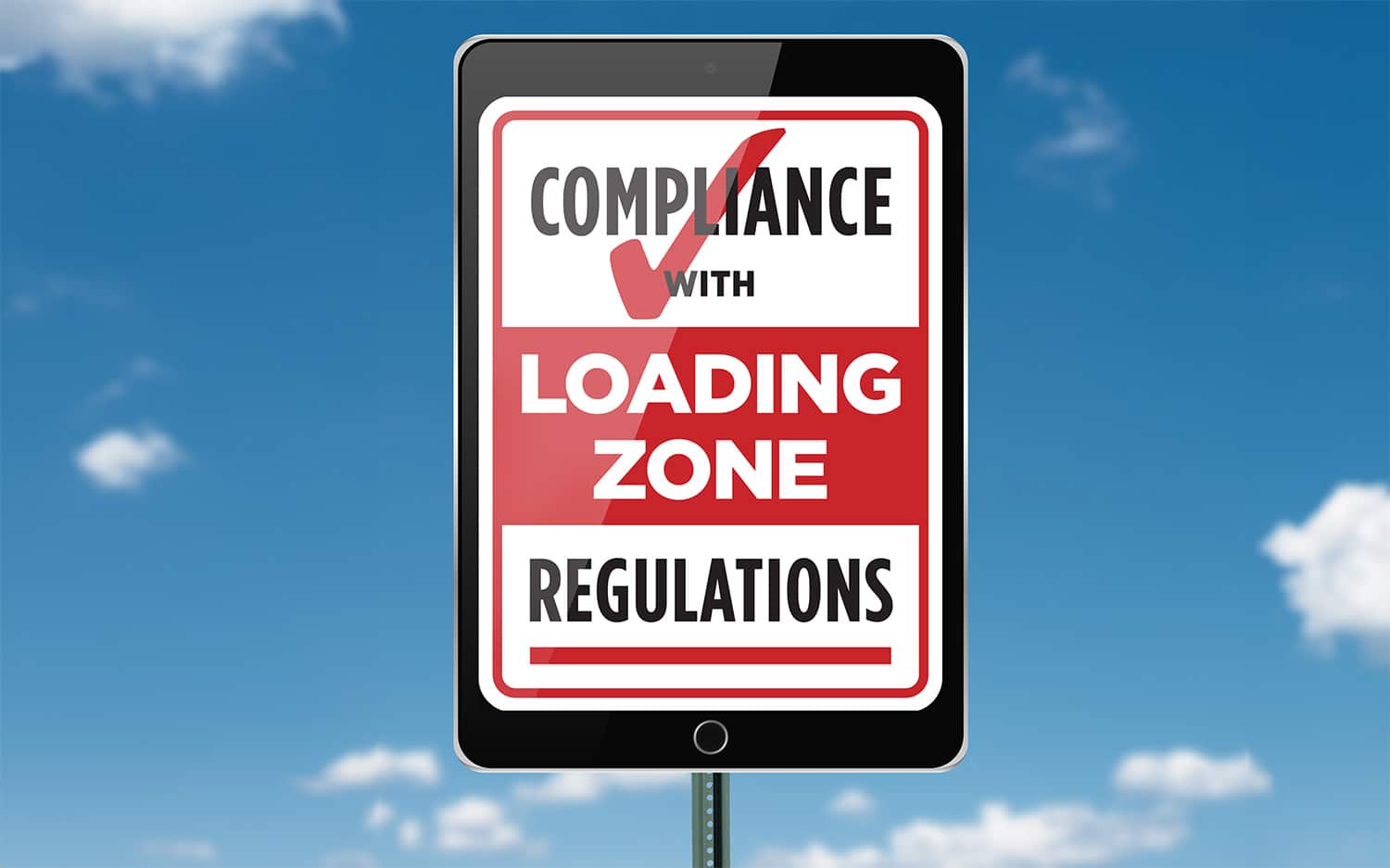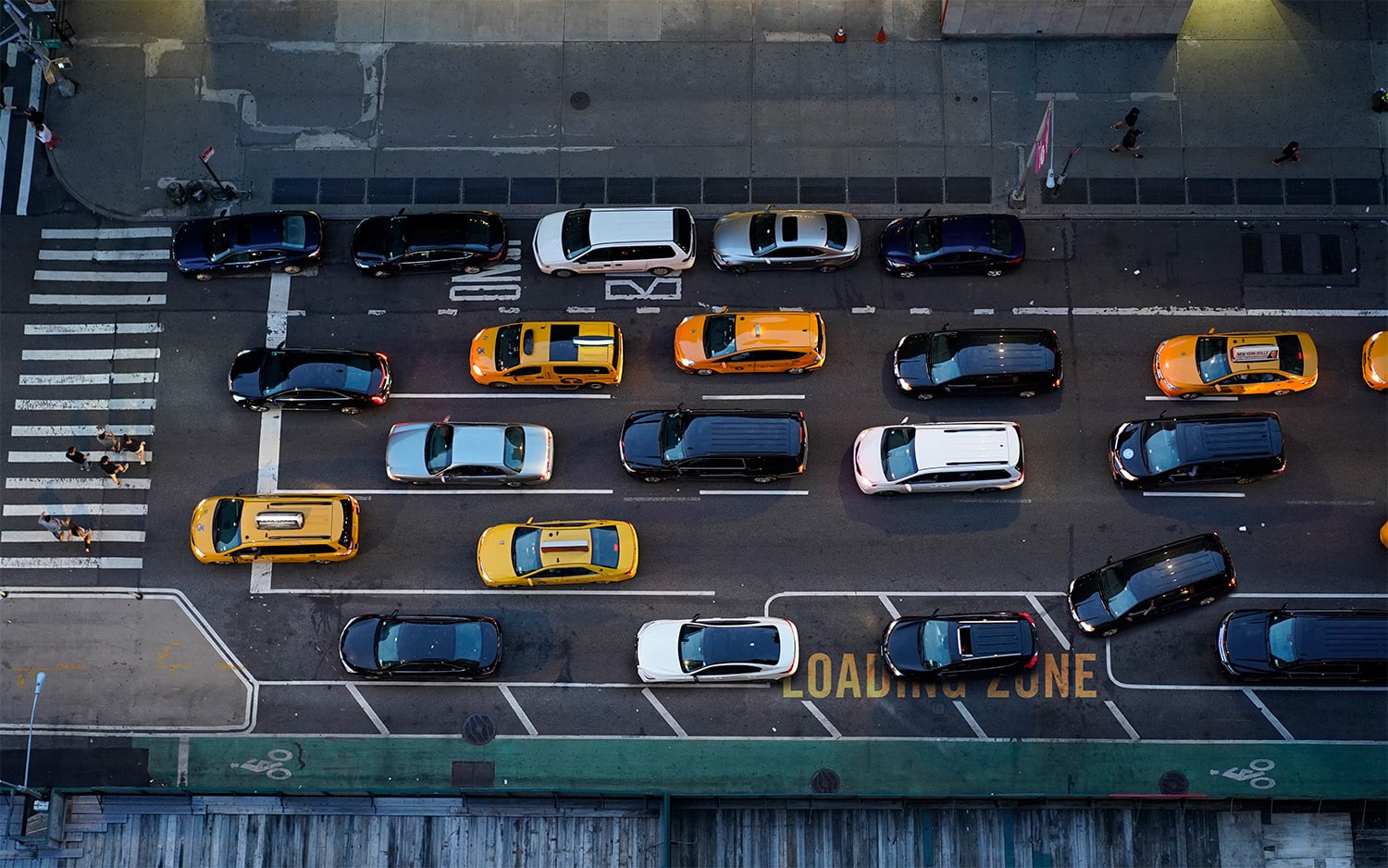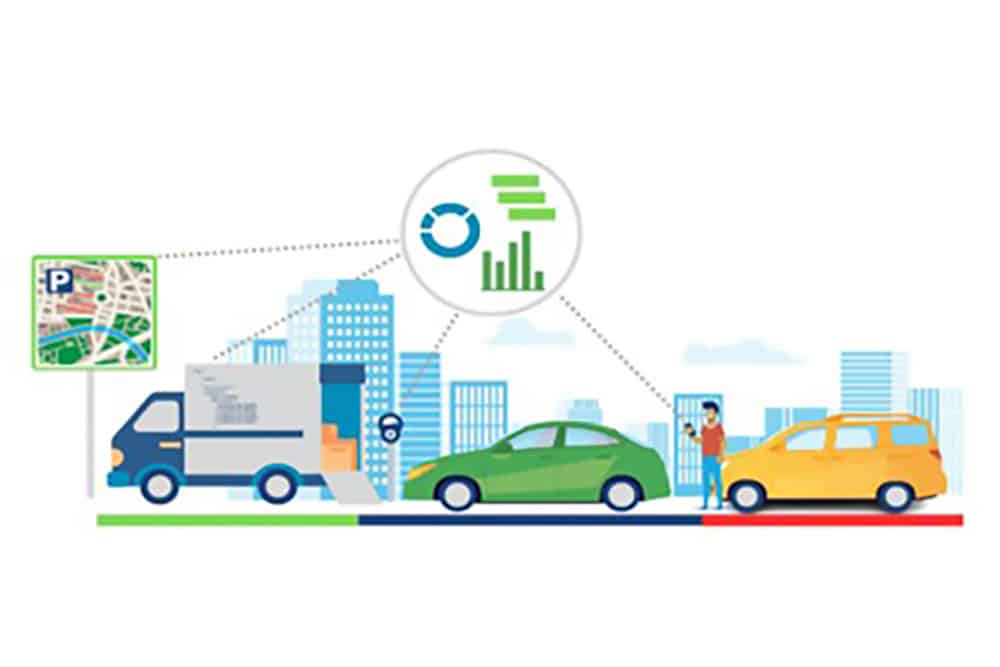
Compliance with Loading Zone Regulations
Using Technology to Reduce Chaos and Pollution
In the intricate realm of city management, few challenges are as urgent and crucial as the efficient administration of loading zones in our cities. Once inconspicuous, these areas have now become the epicenter of a range of concerns that keep parking professionals awake at night. The increasing demand for these spaces, exacerbated by the explosion of online commerce and unauthorized usage, has triggered issues of congestion, pollution, and non-compliance that demand effective solutions. Congestion means a loss of productivity of the workforce and a loss of tax revenue to cities that range from hundreds of millions of dollars to billions.
The Challenge for Parking Managers
So, why is this happening?
Congestion and Chaos: One of the most pressing issues is congestion and chaos in loading zones. Growth in the number of delivery vehicles and the absence of effective regulation have led to street and sidewalk blockages, compromising the mobility and safety of pedestrians, bicyclists, and drivers alike. When curbside space is unavailable, double parking is inevitable leading to unacceptable gridlock. Furthermore, Vision Zero initiatives say we should do something about safety.
Pollution: Congestion in these areas not only causes delays but also significantly contributes to air pollution. Delivery vehicles that spend extended periods searching for loading zones to stop emitting harmful emissions, deteriorating air quality and ultimately affecting the health of residents.
Unauthorized Usage: Non-compliance and the unauthorized use of these areas by vehicles not intended for loading further aggravate the problem. This reduces the availability of spaces for legitimate vehicles and generates frustration for both drivers, residents, and businesses that depend on these zones. Package deliveries of staples such as prescriptions and food have become commonplace, elevating the importance of compliance.
Hidden Costs: In addition to the evident problems, there are significant hidden costs associated with inefficient management of the parking zones. In the United States, the average productivity loss for delivery drivers is estimated at $5,000 per driver per year due to wages lost while searching for parking. Another study reveals that double-parking costs motorists $345 per year per driver in gasoline, waiting time, and pollution in an average American city. In larger cities, these numbers are even more significant.
Technological Solutions for Parking Managers
City planners are turning to innovative technological solutions to effectively address these challenges.
Smart Parking Systems: These systems employ real-time data collection and analysis to monitor the use of loading zones. Data allows parking planners to make informed decisions about the dynamic allocation of these spaces and provide drivers with real-time information about parking space availability.
Automated Rule Enforcement: Automation technology, including cameras and sensors, enable more efficient compliance with regulations. Vehicles that exceed their allotted time or park without authorization can be detected and automatically penalized, significantly improving compliance with regulations.
Data Analysis: Parking planners use data analysis to understand usage patterns and optimize the placement. This information enables data-driven decisions to improve efficiency and reduce congestion in these critical areas.
Delivery Management Platforms: Delivery management platforms assist businesses in scheduling deliveries efficiently, reducing the number of vehicles in loading zones at any given time. This benefits both businesses and urban management by alleviating congestion on the streets.
Promotion of Eco-Friendly Vehicles: To address air pollution, planners are encouraging the use of electric or low-emission delivery vehicles in these zones. Incentives and regulations are established to promote environmentally friendly options, reducing the environmental impact of urban logistics.
Public Awareness Campaigns: Technology is used to educate the public about the importance of following loading zone regulations. Through social media, mobile applications, and electronic signage, efforts are made to inform drivers and businesses about regulations and associated penalties for non-compliance.
The Future
For parking planners, embracing technological solutions opens the door to a future marked by efficiency and sustainability. By leveraging technology, we can address several pressing challenges.
Firstly, the application of technology to manage loading zones has been proven to alleviate traffic congestion and reduce air pollution. This not only enhances the overall environment, but also elevates the quality of life for residents.
Secondly, the intelligent allocation of loading zones enables parking managers to optimize available space. This optimization, in turn, leads to improved traffic flow and an increased supply of parking spaces for authorized vehicles, ultimately enhancing mobility.
Additionally, the automation of regulations and more efficient enforcement will encourage greater compliance with loading zone rules. This will significantly reduce unauthorized usage issues and contribute to more effective zone management.
Lastly, the benefits of logistics efficiency, such as reduced delivery costs and waiting times, directly boost the local economy, supporting business growth and contributing to the city’s economic prosperity. Effective management of loading zones becomes an integral part of nurturing a thriving economy.
Management of loading is an urgent concern for our industry, and technology offers powerful tools to effectively address these challenges. The adoption of technological solutions benefits not only cities but also improves the quality of life for residents and promotes more sustainable and harmonious development. These critical areas, with their hidden costs now unveiled, are essential for the flow of goods and the efficient functioning of a city economy, and their effective management is fundamental to the well-being of our cities. Furthermore, by addressing these challenges, the economic and environmental costs affecting drivers and residents alike are abated. The transformation of the loading zones through technology is a crucial step toward more livable and sustainable cities. ◆
-
This author does not have any more posts.


What Will Be the Impact of Technology on Large-Scale Parking Operations?
Learn what the experts have to say

The Smart Technology Revolution is Here
The Transformative Era of Urban Mobility
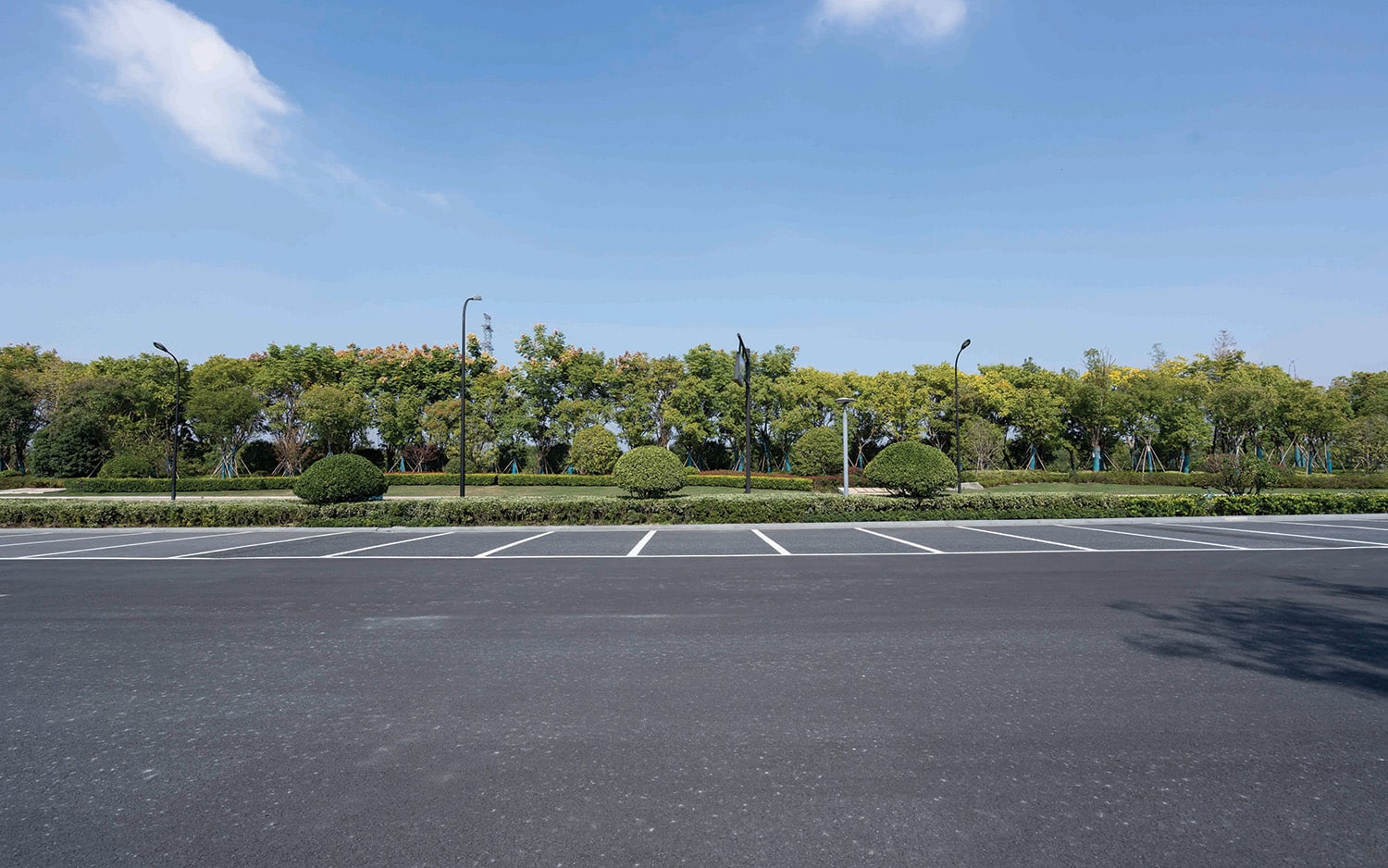
From Lots to Green Spots
A Sustainable Approach to Parking 038 Parking Enforcement
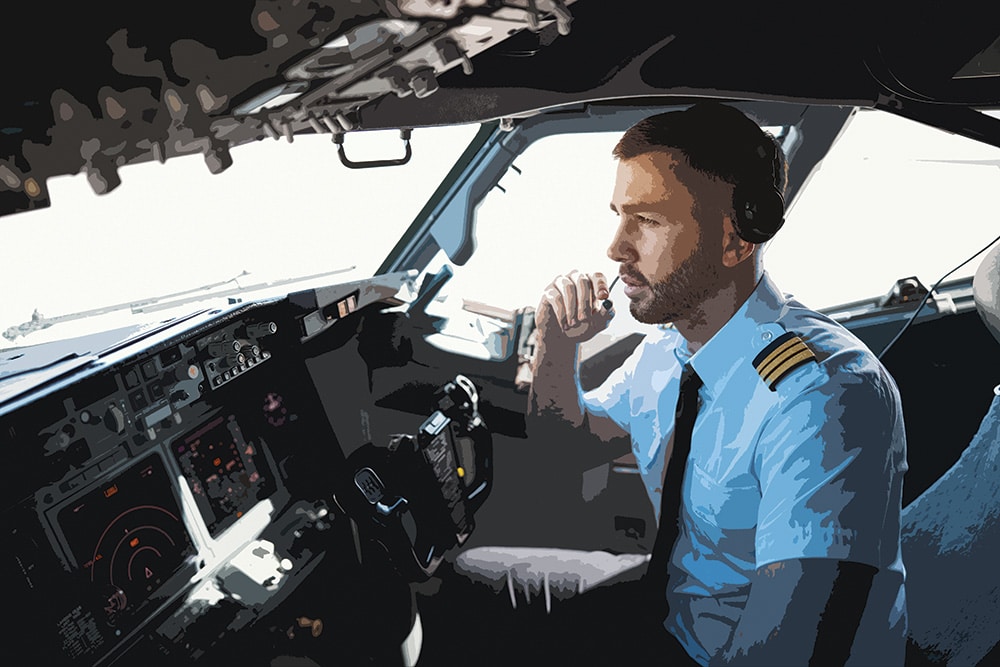

Modes of Mobility in 2024
Which modes of transit and micro mobility will have an

What innovation will have the most significant impact on parking and mobility in the next five years?
Innovations in AI IoT and 5G are set to revolutionize

